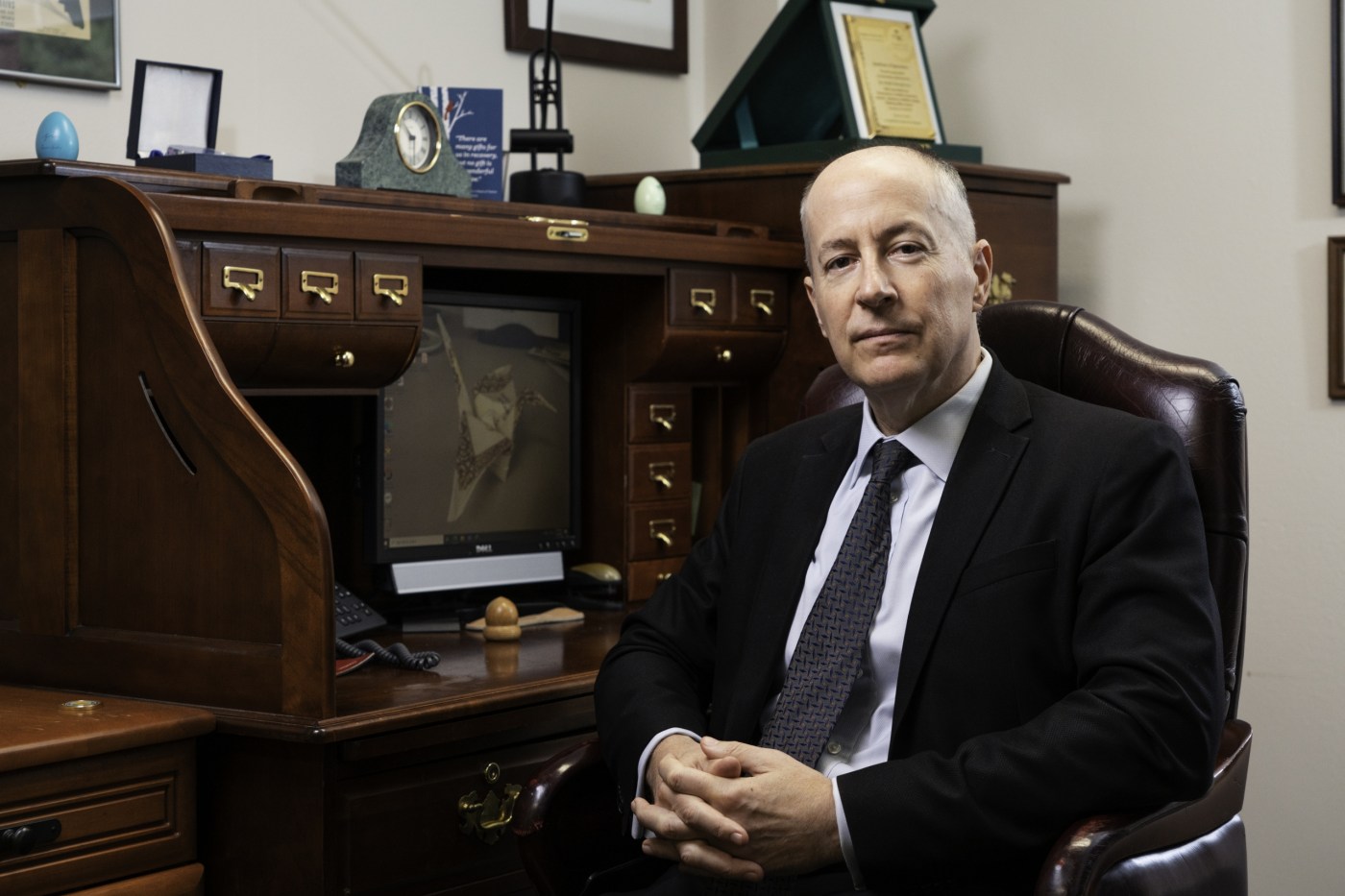The U.S. Centers for Disease Control and Prevention recently announced that drug overdose deaths topped 100,000 for the first time in a one-year stretch. For the period of April 2020 to April 2021, CDC data showed a nearly 29% increase from the previous year. Experts believe the precipitous rise was driven by abuse of the synthetic opioid fentanyl, as well as the COVID-19 pandemic, which has left many drug users feeling isolated and unable to get treatment or other support.
Fentanyl is believed to be much more potent than heroin and morphine.
This unsettling news comes as addiction to opioids is already at epidemic levels. Opioids are a class of drugs that include pain relievers available by prescription. They also carry the risk of overdose and are often misused because of the euphoric feeling they induce. Addiction and overdoses occur among people using prescription opioids (natural and semi-synthetic opioids and methadone), street drugs such as heroin, and synthetic opioids such as fentanyl. All opioids can relieve pain and create a euphoric feeling.
North America hit hard by opioid crisis
The opioid crisis has especially permeated North America. Over the past quarter-century, it has cost the United States and Canada more than 600,000 lives, which exceeds their fatalities from World War I and II combined. Exacerbated by COVID-19, last year marked the worst year on record in both countries in opioid deaths. The United States saw a 33% spike in fatal overdoses from 2019 to nearly 70,000. In Canada, fatal opioid overdoses skyrocketed 62% from 2019 to more than 6,200.
In response to the soaring opioid addictions and deaths in the United States and Canada over the past 25 years, Stanford University and the British journal “The Lancet” collaborated to form a commission. The commission combined Stanford scholars with other leading experts in the U.S. and Canada, with the goal of better understanding the opioid crisis and proposing solutions to stop its spread domestically and internationally.
In February 2022, the commission issued a paper highlighted by its findings on the opioid epidemic and made seven categories of recommendations aimed at defusing the crisis. The paper appeared in The Lancet.
Dr. Keith Humphreys, a professor of psychiatry in the Department of Psychiatry and Behavioral Sciences at Stanford University and a former White House drug policy advisor, chaired the commission. He’s also a career research scientist with the VA Palo Alto Health Care System in California.
Humphreys teaches addiction treatment methods to medical students, psychiatric residents and clinical psychology interns. He has published more than 400 peer-reviewed scientific papers, receiving national and international awards for his work. In addition to working in the White House, he has been a consultant to the Centers for Disease Control and Prevention, the National Institute on Alcohol Abuse and Alcoholism, the Center for Mental Health Services and other government agencies. He’s also deputy editor in chief of the journal Addiction.
Other VA researchers on the commission included Dr. Erin Krebs of Minneapolis VA, Dr. Christine Timko of VA Palo Alto, and Dr. Amy Bohnert of the Ann Arbor VA in Michigan.
Humphreys spoke to VA Research Currents about the opioid epidemic, his commission’s recommendations, and what VA is doing to help Veterans addicted to opioids, among other pertinent issues.
VA Research Currents: Who is mostly to blame for the opioid crisis?
Humphreys: There’s plenty of blame to go around. The commission criticizes the manufacturers, companies like Purdue Pharma and Johnson & Johnson, for their aggressive and misleading marketing. Multiple manufacturers have been criminally convicted for lying about how dangerous these medications are. We also note failures in the FDA, which was too pliant when dealing with opioid manufacturers, including Purdue’s marketing campaign that suggested the opioid OxyContin was less addictive than other painkillers. That was a lie. There were also failures by distribution companies that over-shipped opioids. There were failures with the medical community being insufficiently critical and in some cases susceptible to bribery. We had doctors writing piles of prescriptions for money, not in VA, but in pill mills, which are facilities that resemble a regular pain clinic and that illegally prescribe opioids. There have also been failures in education in not giving medical, nursing and dental students enough training about addiction. We don’t equip them for a condition they’re going to see every single day. There have been political failures, as well. A lot of money is sloshing around, and legislators and policymakers have sometimes been swayed by the wrong people. They listened to lobbyists when they should have listened to evidence. That was also a failure. We address that in the report, too.
How extensive is the opioid problem in VA given that chronic pain is such a huge problem with Veterans?
Our patients have suffered a great deal. There’s no other way to say it. We care for a Veteran population that’s disproportionately male and disproportionately at that stage of life when pain is prevalent. We have a lot of rural people, and a lot of people who face significant economic challenges. All of those things are risk factors for opioid addiction and overdose. We were not immune to the problems of over prescribing. I wish it weren’t true, but we definitely were part of the national surge of prescribing opioids too broadly. Last year, I collaborated with VA’s Dr. David Atkins, Dr. Carolyn Clancy and Dr. William Becker on an article for the Journal of General Internal Medicine that documented how much Veterans have suffered from opioid addiction and how much we need to do for them.
More Information
Click here to read the full story.
Click here to learn more about VA research.
Topics in this story
More Stories
In a new series that highlights advancements in VA health care, VA researchers and clinicians are appearing on a Veteran-themed media platform—Wreaths Across America Radio—to tout their critical work.
Recently published findings from the VA Disrupted Care National Project […]
Diverse representation of women in health care research allows MVP to make discoveries for women’s health







I have been taking opioids since 1997 with no problems. I guess I am different from most people in that these pills are working for me. Without my pain medication I register a 7-8 on the pain scale and with them I get to a 2-3. Sometimes don’t feel pain and when that happens I don’t take my medication. Sometimes I am in so much pain that taking more and more medication doesn’t help so I refrain from taking more or what I call chasing the pain with more and more pills. I use my pain medication responsibly and keep aware of how they work and don’t work. My pain medication is just the foundation for controlling my pain. It’s part of a overall regimen that includes heating pads, steaming hot baths, Tylenol, muscle relaxers, lidocaine patches/ointments, and lite exercise. It’s all necessary just to escape the constant pain I live with. The quality of life I live in with pain sucks but I try to keep positive and I see a psychiatrist and a psychologist and they all help me live my life to the best I can.
Even though I use the medication responsibly and they work for me I have had to wage a battle to keep my prescription. Ever since the opioid crisis hit almost every doctor I have had just arbitrarily tries to wean me off the pills and I have had to fight like hell to keep them. I had 3 doctors start to reduce my medication without even speaking to me or even evaluate me. My medical provider got hit with hefty fines for their irresponsible prescribing opioids so they told all their doctors that they are to no longer prescribe opioids and to get everyone off their medication asap. They didn’t care whether it was where the patient was with how good it was working for the patient. They just wanted to get out from under the possibility of having the authorities come down on them. I did a ton of research on the subject and found specific articles from the DEA, the AMA, and the CDC that clarified how doctors should evaluate their patients and to treat them as individuals rather than as a statistic. I don’t think that oxycodone patients should be listed or lumped in with heroine or fentanyl users. Many people have expressed an opinion that if the fentanyl users were able to keep their prescriptions they wouldn’t have had to go out on the street to get relief. I am very different type of patient in that I have never experienced a high or euphoric feelings from my opioid usage. I respect dangerous medications and treat them like the ocean, if you’re not careful you could drown. I want my medication to work I want to control my pain. It’s a funny thing in that heroine and fentanyl are almost easiest to get than a prescription for oxycodone. I don’t think that doctors should just blanket judge everyone who need pain medication and not judge each patient individually. I had a young doctor start dropping my pain medication down without even meeting me and when I finally had my first appointment she just said she doesn’t prescribe opioids for anybody, period.
Please give all of us patients who take their medication responsibly and that because we do the pain medication works for them and give us our due.
We suffer because places like VA Ann Arbor fabricate records and hide provider misconduct. Dr. Amy Bohnert’s comrades in pain management have long given instructions to students on how to manipulate laws and policies to build thier patient population’s demographics and dump veteran patients they prefer not to see. No critical outside reviews, OIG found they just stopped prescriptions of opioids across the board while Ann Arbor VA PMR wait times for procedures and therapies such as multimodal/CBT exceeded 120 days with many patients just giving up as I have. Make a complaint and they will destroy everything until you left with nothing and call you the problem.